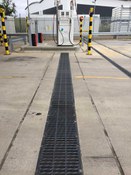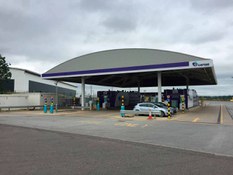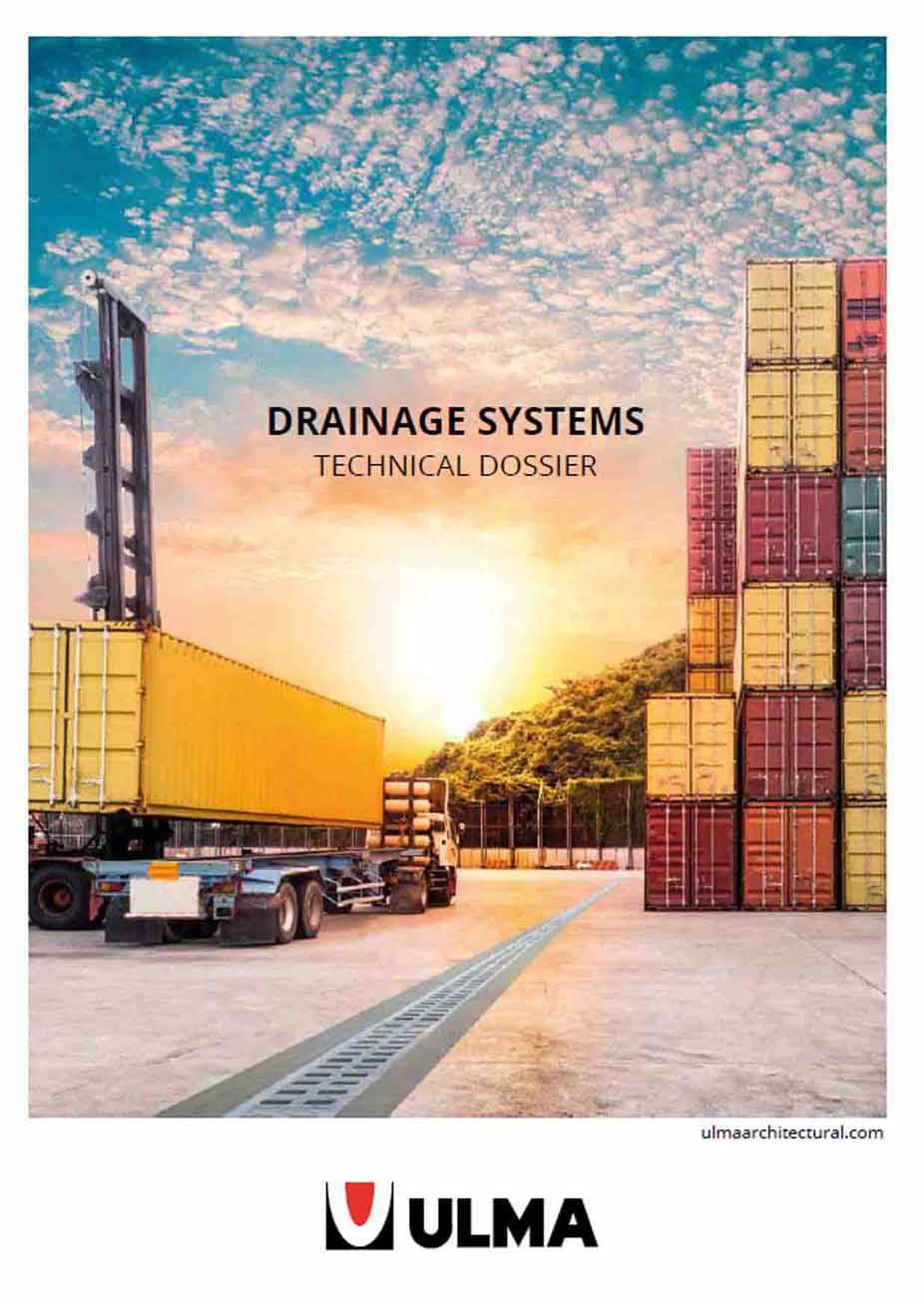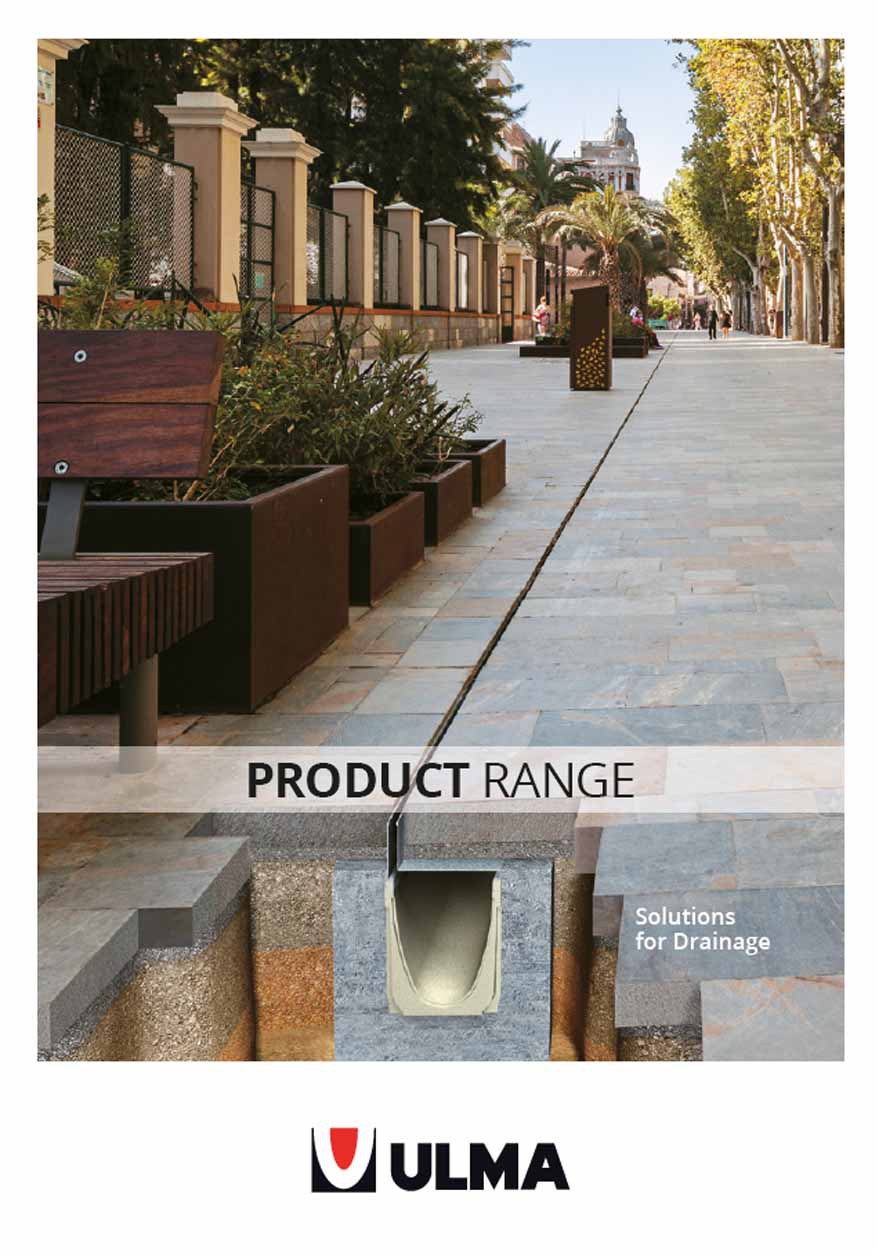The importance of preventing flooding and how to achieve this
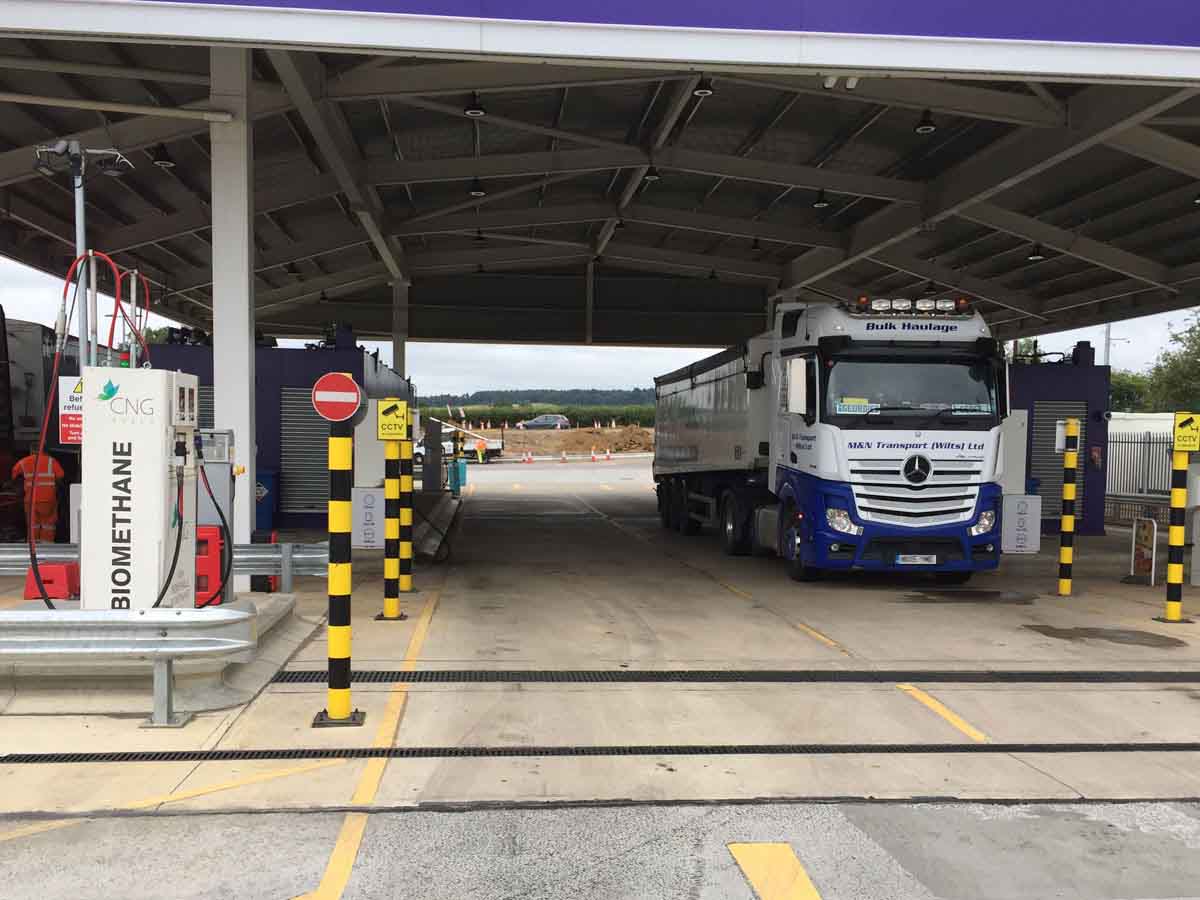
There is an empathy exercise that I like to do.
As the mind is deceptive and has a tendency to complain, I call it "the whiner".
Whenever it starts to sound off, my strategy is to put myself in the shoes of other people, other professions, other lives. And that's an easy way to silence it. (Well, it works for me).
So,
as today's project is about a service station and lorry park, I started to think about the life of a lorry driver. If you stop and think about it, it can't be easy.
Lorry drivers spend their lives in their cabs, driving, sleeping, eating... with many days spent away from home.
This English haulier arrives at a service station after driving for 5 hours. He stops to refuel and spend the night, but comes across a pool of water that causes his lorry to skid and almost have an accident. That's the last thing he needed.
This isn't a true story (my "imaginative/antagonistic" mind), but it could well have happened at this Northampton service station.
Therefore, we have improved the drainage system at this lorry park and service station in this town to the north of London.
Known in the past for its shoe industry, today, sectors such as engineering and distribution are the driving force of its economy. That's why there is a high number of lorries, and the safety of the areas where they park and refuel is a priority.
An efficient drainage system to prevent flooding and improve safety.
The problem was that the drainage system installed in the area did not have sufficient capacity to drain the rainwater, leading to dangerous accumulations of water on the road surface.
Service stations and lorry parks have a constant flow of vehicles. There are also some areas where HGVs turn, making it necessary to guarantee the safety of the installation of the trench drains in order to prevent breakages and accidents.
Good advice on your drainage system avoids problems and gives you peace of mind.
In these cases, it is essential to have a consultancy service that, taking into account all the necessary parameters (location, rainfall, surface slope, weight to be borne by the grating (load type) and length of the drainage line), defines the model best suited to the site.
In this project, 250 ml of Civil-F polymer concrete trench drains, model F150K, were installed for load type F900. And it has a grating secured at 8 points. It is important for you to know this.
If you have a project and would like advice on the best drainage system to optimise time and avoid problems, please contact us here.
8 attachment points on the grating: increased durability and strength
Each metre of trench drain has 8 attachment points, while most trench drains on the market only have 4.
This results in greater stability and more evenly distributed forces along the entire grating and trench drain, making them safer and stronger.
This reduces the risk of any breakages or problems. And it also gives the drainage system greater durability.
The customer had no doubts, knowing that ULMA always delivers, and that after 30 years of experience with a professional team and advising on countless projects, peace of mind is guaranteed.
